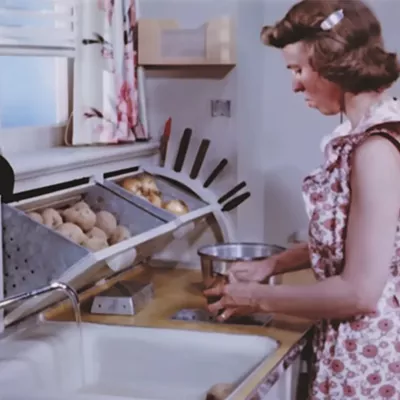Anita Trinkle, who had been a power walker in the past, developed pain in her right hip. For well over a year, she reports, “it was getting worse and worse, and I was having difficulty walking, sitting at the computer for long period of time. At night time, the pain would get really bad where it would bring me to tears. It felt like someone was gripping the outside of my leg.”
She tried stretching on her own, but was unable to relieve her symptoms. “I got to a point where I even invested in a special chair thinking maybe I wasn’t sitting right, but it didn’t really help.”
Trinkle then sought help from Andrea Baker, physical therapist and owner of Dynamic Bracing and Physical Therapy, on Spokane’s lower South Hill.
Often when people have hip pain, it may actually be coming from somewhere else in the body. Differentiating where the pain is actually coming from is the key to prescribing the correct exercises. On evaluation, Baker discovered muscle tenderness located in the buttock and the outside hip area. Trinkle also had weakness and tightness around her hip area.
But Trinkle’s problems weren’t confined to her hip. She also had alignment issues in her pelvis and low back. So what was the real culprit in causing her pain? Baker first took on the low back and pelvis.
“She was a little crooked in her low back and sacral-iliac area,” says Baker. “But in treating that area, she never really improved, so [the alignment issue] was probably substitution patterns that developed because of the hip problem.”
After concluding that this was truly a hip problem, Baker started treating her with massage to her hip and buttock. This was followed up with “fascial stretching” exercises and then, later, strengthening.
How do “fascial stretching” exercises work? Fascia is made up of tough, fibrous sheets that run throughout the body from head to toe. This web of tissue wraps around muscles, and groups of muscles, helping to support the muscles as well as the vessels that nourish them. When everything is moving well, the fascial sheets slide easily over each other. But fascia may become stuck or shortened, similar to Trinkle’s description of “gripping.” This can be caused from scarring from a surgery, an old injury or even poor posture. Fascial stretching exercises are designed to stretch these large sheets of tissues, not just muscles, over one or two joints.
Baker describes two exercises she taught Trinkle, which were developed by physical therapist Ming Chew:
“One is called the low-back stretch. I had her lie on her back on the floor and put her bottom up to the wall with her legs on the wall. I then had her turn her feet in as far as she could while reaching with her arms over her head resting on the floor like she was trying to push away to try to traction or stretch the spine.
“I also gave her one called the pinwheel. You need to side-sit on the floor with legs on the floor, and the knees bent with one leg in front of the other like a pinwheel. While you hold your arms out in front of you, you twist your trunk toward the back bent leg.” When sitting on the left buttock, turn to the right.
To address the weakness in her hip, Baker taught Trinkle a strengthening exercise known as the “clam exercise.” She lies on her side with her knees and hips bent. While keeping her feet together and her trunk very still, she opens her knees like a clam. Trinkle worked up to holding this position for up to two-and-a-half minutes.
The combination of these exercises was so helpful that Trinkle is now pain-free. She’s planning a new walking program. “It is a move in the right direction,” she says, “to returning to power walking.”
Marie Cole is a physical therapist and instructor in the PT assistant program at Spokane Falls Community College.














